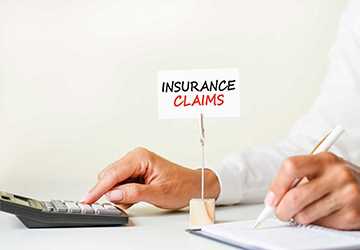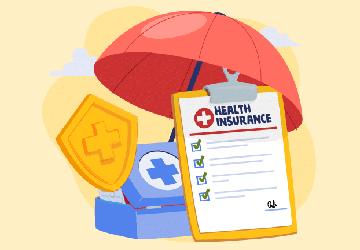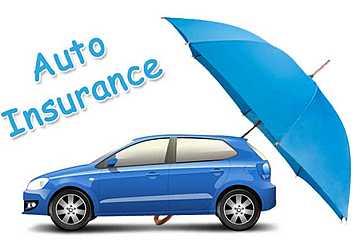4 Tips for Choosing the Right Liability Insurance for Your Business
As a business owner, you often worry: "What if someone gets hurt on my property?" "What if our product hurts someone?" "If we get sued, will we lose everything?"
While no policy eliminates risk, tailored liability coverage is priceless. It protects companies from significant legal and financial threats caused by accidents or errors.
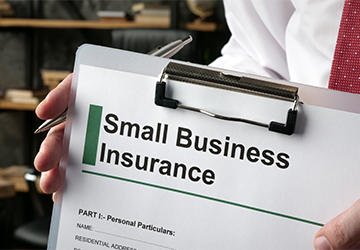
However, deciphering which plans are suitable, determining appropriate coverage limits, and interpreting complex language make it difficult to obtain adequate liability protection. Wrong decisions can endanger companies rather than adequately protect them in the long run.
Smart decisions eliminate guesswork and provide your business with rock-solid security. This article explains four tips for purchasing ideal liability insurance to ensure you continue to maintain peace of mind and resilience.
You'll discover how assessing risks, choosing policies wisely, setting limits, and reviewing small print promises can help protect your company's future in case of a claim or accusation.
Let's start!
Carefully decide your personal risk profile: 4 tips
However, to reap the benefits of liability insurance, you must first choose a plan that fits your business's products and risks.
● Deciphering which policies provide the necessary protection requires a deep understanding of how risk assessments translate into ideal coverage parameters so that no gaps are left.
● This article explains four tips on equipping yourself with insurance to protect your business rather than leaving jobs vacant. You'll learn how to:
● Assess your specific liability risks
● Understand policy options to address risks
● Set adequate coverage limits
● Check the fine print for exclusions
Follow these considerations when investing in a policy to ensure the longevity of your business! Here are some tips:
Tip 1: Assess your company's specific risks
A detailed assessment of the potential risks to your particular business is essential. Every company has a unique risk profile that determines liability gaps based on factors such as industry, location, products/services, operations, etc.
A thorough investigation of past incidents, legal charges, safety breaches, customer complaints and supposed accidents can help owners obtain the appropriate coverage and limits.
Regular reviews of risk exposures over time can also allow for appropriate adjustments to protective measures, whether self-led or supported by a qualified risk management advisor. Understanding risk means understanding the need for underwriting.
Tip 2: Learn about the different types of liability insurance
Liability insurance comes in many forms, each considering different legal and financial threats based on a business's circumstances. General liability has the broadest coverage, covering bodily injury, property damage, and personal/advertising injury.
Product liability protects against costs incurred by customers when they make claims arising from the use of goods sold. It also provides professional coverage for advisor errors and omissions. Directors and officers protect executives' decisions.
Cyber liability insurance takes care of digital incidents. General liability covers the core risks of a small business, but supplemental plans fill in gaps such as workers' compensation insurance. Researching available lines with an agent ensures fully tailor-made security.
Tip 3: Consider coverage limits and deductibles
In addition to adequate liability insurance, adequate coverage amounts are critical. Limits determine the maximum payout per incident each year, and applying limits tailored to the potential litigation costs in your industry can prevent personal assets from being put at risk.
The amounts are realistic considering typical legal settlements and attorneys in your area—expect $2 to $5 million. Likewise, the ideal deductible should be assessed based on what the company can handle on an interim basis in the event of a claim before insurance benefits take effect.
Finding the tipping point between premium costs and deductibles requires financial savvy and avoiding unintended legal consequences.
Tip 4: Review policy exclusions and other options
Reading the policy's fine print will reveal which seemingly covered events may be excluded, thereby negating the intended protection. Clauses typically exclude specific events, locations, negligent acts, or types of damage.
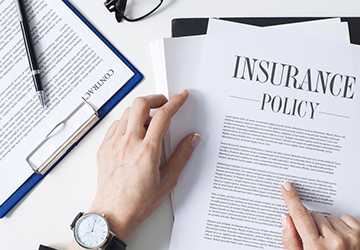
For example, a policy may not cover problems that arise on someone else's property or during transportation. Additionally, understand unique risk indicators such as cyberbullying, product recalls, and international activity.
Informed policyholders can make fewer assumptions about reliable coverage while being able to close hidden coverage gaps in the economy intentionally.
Conclusion
Finally, reiterate the importance of making informed insurance purchasing decisions, reviewing risks annually as your business grows, and speaking with a qualified agent to ensure necessary protection.
Proper liability coverage gives you peace of mind so you can continue to focus on business success despite an increasingly litigious environment.
Contact an advisor to evaluate your commitment.

